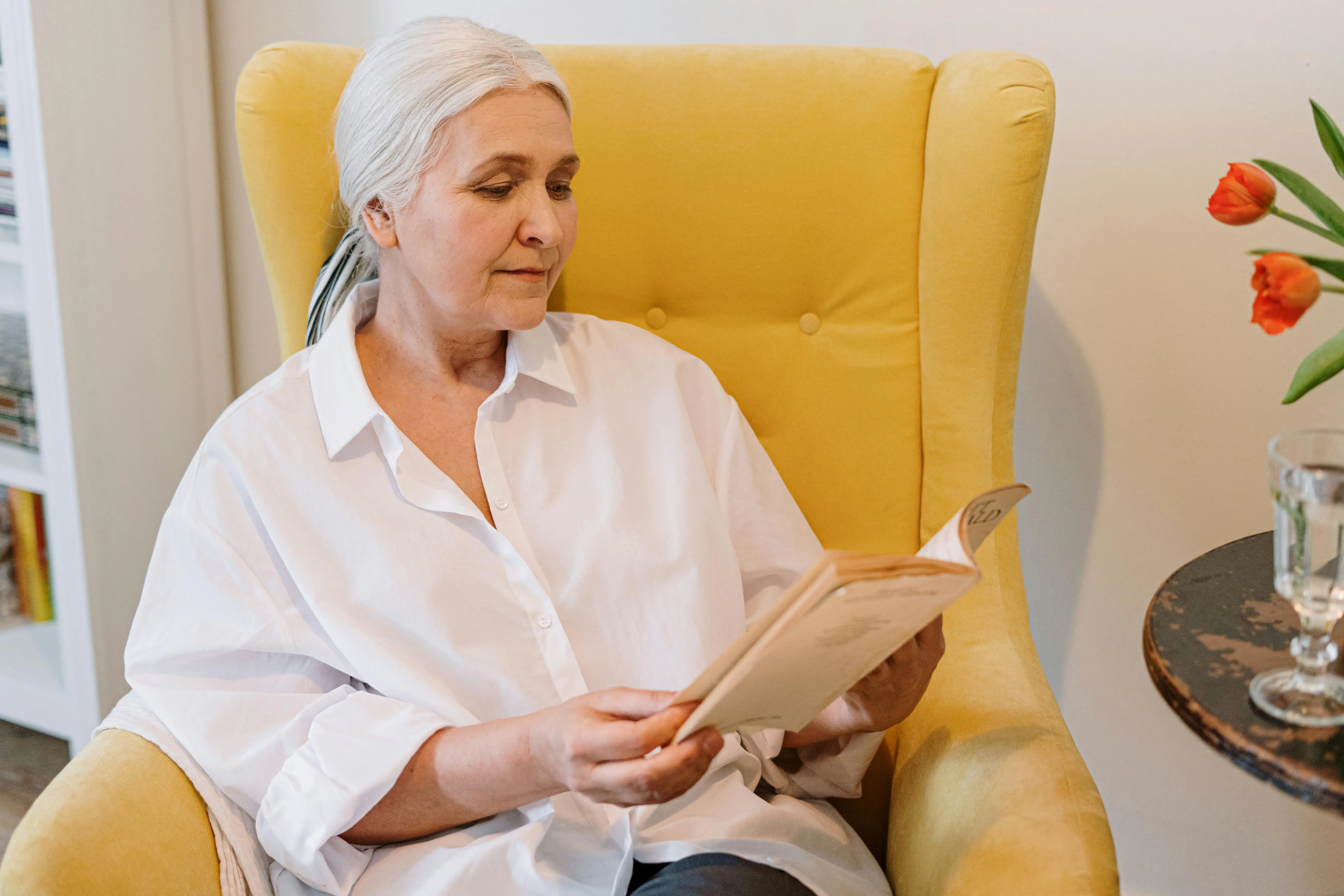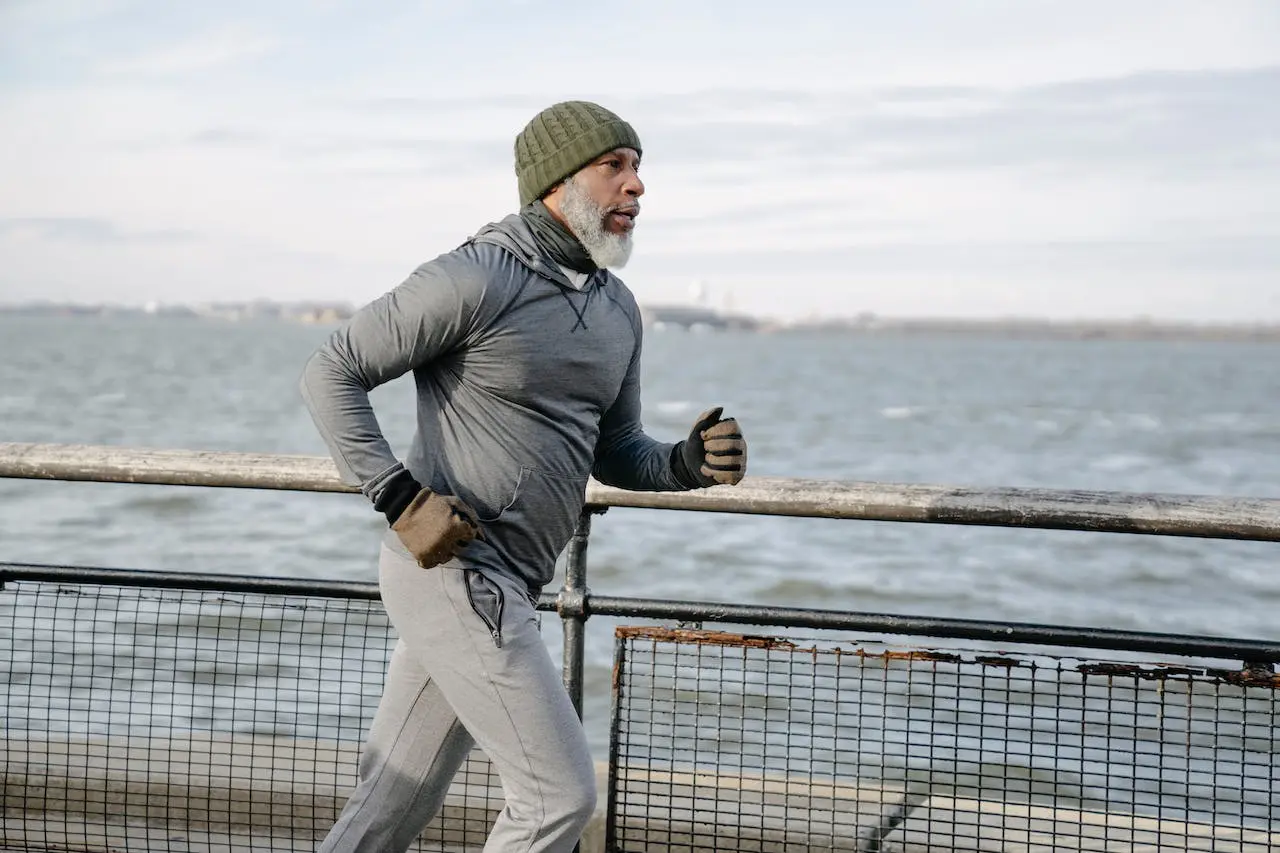Maintaining mobility through regular walking is essential for the elderly, not just for their physical health but for their mental well-being too.
Blog
Revitalizing Mobility: Getting the Elderly Walking Again
Maintaining mobility through regular walking is essential for the elderly, not just for their physical health but for their mental well-being too. However, many older adults face challenges that limit their ability to walk regularly. This guide offers insights into overcoming these barriers and incorporating walking into daily life, ensuring a path toward improved health and vitality.
Mobility issues in the elderly often stem from physical constraints like joint pain or the fear of falling, compounded by a lack of motivation. Addressing these barriers begins with understanding individual limitations and gradually building confidence through short, manageable walks. Ensuring safety, through proper footwear and the use of assistive devices if necessary, can alleviate the fear of falling.
Starting with short walks around the home or neighborhood and gradually increasing the distance can significantly improve endurance and confidence. Encouraging elders to take these small steps daily can lead to remarkable improvements in their mobility and independence.
Walking in natural settings, such as parks or nature trails, can enhance mood and overall well-being. The tranquility and beauty of nature offer a serene backdrop that encourages longer and more frequent walks.
Morning walks have a unique benefit of setting a positive tone for the day. The calm and quiet of the morning provide an ideal time for reflection and gentle exercise, helping to energize the body and mind for the day ahead.
Variety is key to maintaining interest in any activity, and walking is no exception. Incorporating different types of walking, such as power walking for cardiovascular health and walking up stairs to build strength, can keep the routine engaging and challenging. For those who prefer or are restricted to indoor activities, treadmill walking offers a convenient alternative that can be easily adjusted for pace and difficulty.
For many elderly individuals, assistive devices such as walkers or canes can make walking safer and more comfortable. These aids can provide the support needed to maintain balance and reduce the risk of falls, making walking a more accessible activity.
Walking also has profound mental health benefits, including reducing symptoms of depression and anxiety. The act of walking, especially in pleasant environments or with companions, can provide a sense of achievement and social connection, crucial factors in maintaining mental health.
Creating a sustainable and enjoyable walking routine is essential for long-term adherence. Encouraging the elderly to walk with friends, listen to their favorite music, or set goals can make walking a much-anticipated part of their daily routine.
Walking is a fundamental activity that can significantly enhance the quality of life for the elderly. By overcoming barriers, incorporating variety, and focusing on the holistic benefits of walking, elderly individuals can enjoy improved physical and mental health. It’s about taking those first steps towards a more active and fulfilling life.
Mobility issues in the elderly often stem from physical constraints like joint pain or the fear of falling, compounded by a lack of motivation. Addressing these barriers begins with understanding individual limitations and gradually building confidence through short, manageable walks. Ensuring safety, through proper footwear and the use of assistive devices if necessary, can alleviate the fear of falling.
Starting with short walks around the home or neighborhood and gradually increasing the distance can significantly improve endurance and confidence. Encouraging elders to take these small steps daily can lead to remarkable improvements in their mobility and independence.
For many elderly individuals, assistive devices such as walkers or canes can make walking safer and more comfortable. These aids can provide the support needed to maintain balance and reduce the risk of falls, making walking a more accessible activity.
Need Personalized Health Guidance?
Get expert advice tailored to your specific health needs from our qualified healthcare professionals.





